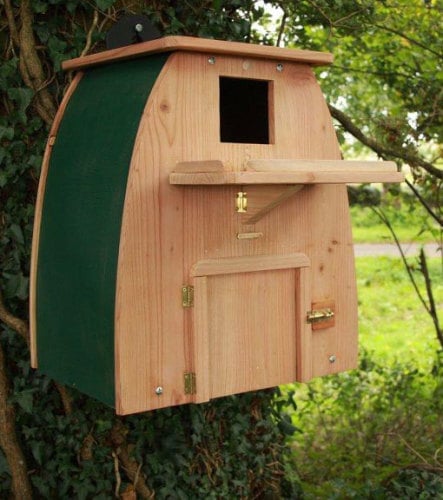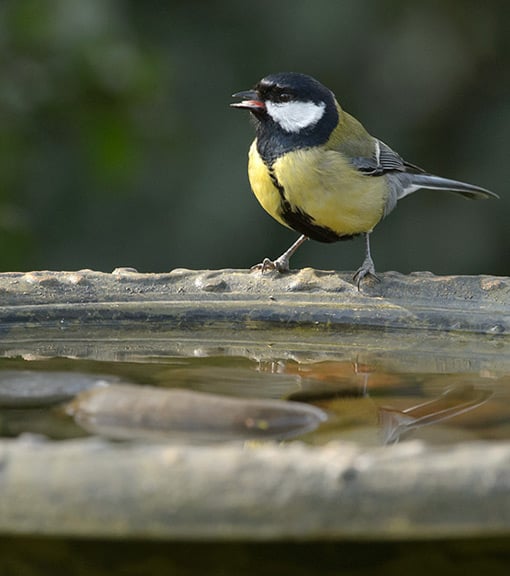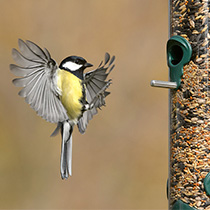Help Ancient Forests in Mexico
Posted on
|
In Central Mexico, the ancient forests of Sierra Gorda are being destroyed. They are home to the big cat, the hummingbird, And there’s a chance to save some of them. They are full of Pinyon Pines, Junipers, Cedars, Sweetgums, Firs and Oaks – some of them hundreds of years old. They are home to species such as the Monarch Butterfly and the Big-footed Salamander. Jaguars, pumas, bobcats, margays, ocelots and jaguarondi live here. But the forest is all disappearing, thanks to human activity - agriculture, cattle ranching and man-made fires. Fire has a particularly bad impact – it can take a forest years to recover from a man-made fire. Enter the World Land Trust. The World Land Trust is working with local, family run Grupo Ecologico Sierra Gorda to conserve habitat in Sierra Gorda. In the 10 years they’ve been working together, supporters of the World Land Trust have saved over 10,000 acres of these forests already. And there’s more. Every acre the World Land Trust has protected has remained under the guardianship of its Keepers of the Wild programme, that is, wildlife rangers hired from the local community. They guard the forests and restore them to their natural state.
You can get involved by – I’ll be frank – making a donation. I’ve made a donation already and it always makes me feel better and that I’ve had an influence on the world’s forests and been able to do something, rather than sit back and do nothing. So imagine spending £25. And it goes towards saving ancient forests in Mexico. Isn’t that wild? Where will your £25 go? The thing is, the World Land Trust has the chance to buy and protect an area of 578 acres in Sierra Gorda. It needs all our support to ensure this forest can be saved for wildlife. You can help and get involved by donating to the World Land Trust’s Ancient Forests Appeal. A £25 donation will enable the Trust’s partner in Sierra Gorda to buy 1,000m² and put it under protection. A £100 donation will protect one acre. This is a very easy way to get involved and do something quickly for wildlife. And to feel as though you’ve made a difference. Donate to the Ancient Forests appeal today |


